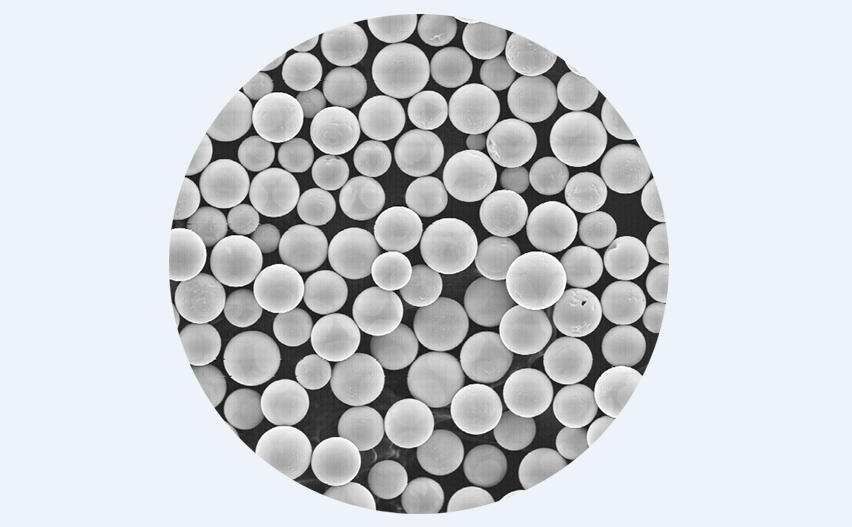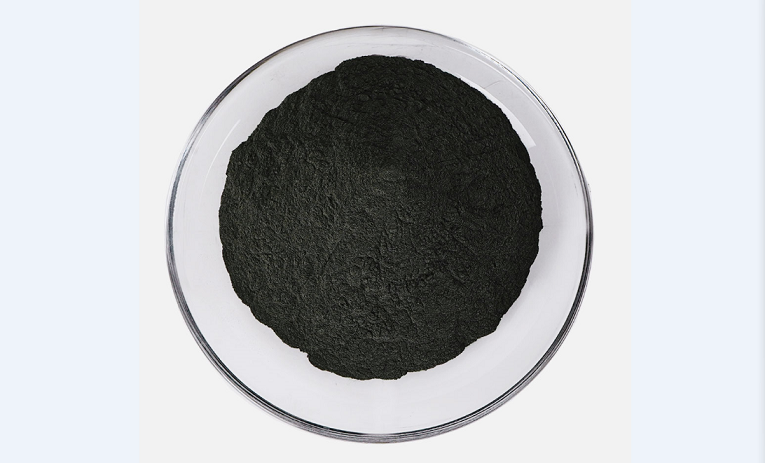WHAT IS THE TUNGSTEN POWDER, TUNGSTEN CARBIDE POWDER, TUNGSTEN CARBIDE METAL POWDER AND TUNGSTEN CARBIDE?

Refractory Metals and Tungsten
Refractory metals are a group of metallic elements that are highly resistant to heat, wear, and tear. These metals are popular and widely used because of their unique and desirable properties and behaviors, especially their resistance to corrosion and their extraordinary resistance to wear and heat. These refractory metals are mostly used in the fields of engineering, science, and metallurgy.
The five (5) major examples of metals that belong to this category of metal include Molybdenum (Mo), Rhenium (Re), Niobium (Nb), Tungsten (W), and Tantalum (Ta). Other examples of refractory metals are Chromium (Cr), Hafnium (Hf), Iridium (Ir), Osmium (Os), Rhodium (Rh), Ruthenium (Ru), Titanium (Ti), Vanadium (V), and Zirconium (Zr).
More so, refractory metals can be classified by their unique physical and chemical properties. These metals are all characterized by a melting point higher than 2000oC (3,632oF).
More so, these metals are highly resistant to factors like thermal shock in the sense that these classes of metals do not stretch, enlarge, or crack even when they are constantly and continuously exposed to heat. It is a fact that what also made these metals so special is their high melting points enabling them to be good conductors of heat, making them perfect for industries that need metals that can withstand extreme temperatures. Unlike other metals that tend to deform when exposed to heat, these refractory metals are resistant to such pressure.

Spherical Tungsten Powder
Introduction to the Refractory Metal Tungsten
This article places attention on Tungsten (W), one of the main examples of refractory metals, and its different production forms as well as their uses. First, the Tungsten (W) as a chemical element is also known as wolfram. It has the atomic number 74 and from sources across the internet, Tungsten is the hardest and most commonly used among the refractory metals. It has the highest melting point at 3420oC and one of the highest metal densities among refractory metals. When joined with other elements like carbon, it becomes extremely hard It is also highly resistant to corrosion.
Applications of Refractory Metal Tungsten
According to the Refractory Metal Association, Tungsten is frequently used for Incandescent, fluorescent, and automotive lamp filaments, Anodes, and targets for x-ray tubes, Semiconductor supports, Electrodes for inert gas arc welding, High capacity cathodes, Electrodes for xenon are lamps, Automotive ignition systems, Rocket nozzles, Electronic tube emitters, Uranium processing crucibles, Heating elements and radiation shields, Alloying elements in steels and superalloys, Reinforcement in metal-matrix composites, Catalysts in chemical and petrochemical processes and Lubricants.
Tungsten Powder, Tungsten Carbide, and Other Metallurgy Products
Due to its high melting points and solidity, Tungsten like other refractory metals is most often processed in a powder metallurgy process in various forms including High-Density Tungsten powder, Tungsten carbide powder, Tungsten carbide metal powder, Tungsten carbide and so on.
--Tungsten Powder
Tungsten powder is used as a filler substance to produce a strong and durable proprietary alloy as well as other finished products. Tungsten powder is mainly produced by hydrogen reduction in high-purity tungsten oxides. It is used as raw material for manufacturing tungsten carbide and as raw material for the production of sintered tungsten and other tungsten alloys. The Tungsten powder is also suitable for applications in the metal spray industry.
The high-density tungsten powder is tungsten reduced to a powdered form. The tungsten powder is pure above 99.99% being that no other element is added to it. Tungsten powder in its pure form is mostly used for electrical contacts, catalysts, mill products, munitions, radiation shielding, and plastic compounding.
Also, tungsten metal powders are tungsten powders that are blended with a metal matrix mostly copper or nickel to create a pseudo-alloy of tungsten such as tungsten molybdenum alloy, tungsten rhenium alloy, tungsten copper alloy, and high-density tungsten alloy, and so on.
--Tungsten Carbide
Furthermore, the Tungsten carbide (WC) powder is a chemical compound that contains equal parts of tungsten and carbon atoms. It is the most important tungsten compound as it is noted for its strength. The tungsten carbide (WC) is used alone or in combination with other metals to impart wear resistance to cast iron and the cutting edges of saws and drills.
More so, tungsten carbide is used in different variety of applications. Based on its form and texture, the tungsten carbide can be pressed and formed into various shapes through sintering for use in mining and construction tools, cutting tools, thermal spray powder, weld rods, infiltrated diamond tools, and jewelry. The use of tungsten carbide tools ensures higher cutting speed and longer tool life.
Conclusion
In conclusion, Tungsten and its processed metallurgy products such as high-density Tungsten powder, Tungsten carbide powder, Tungsten carbide metal powder, and Tungsten carbide all have the unique features of tungsten as an element. These products are also used for their high strength, high density, and gravity, as well as other unique capabilities i.e., their excellent corrosion resistance and their outstanding abrasion and west resistance.
{{item.content}}
LEVE A REPLY
{{item.children[0].content}}
{{item.content}}






